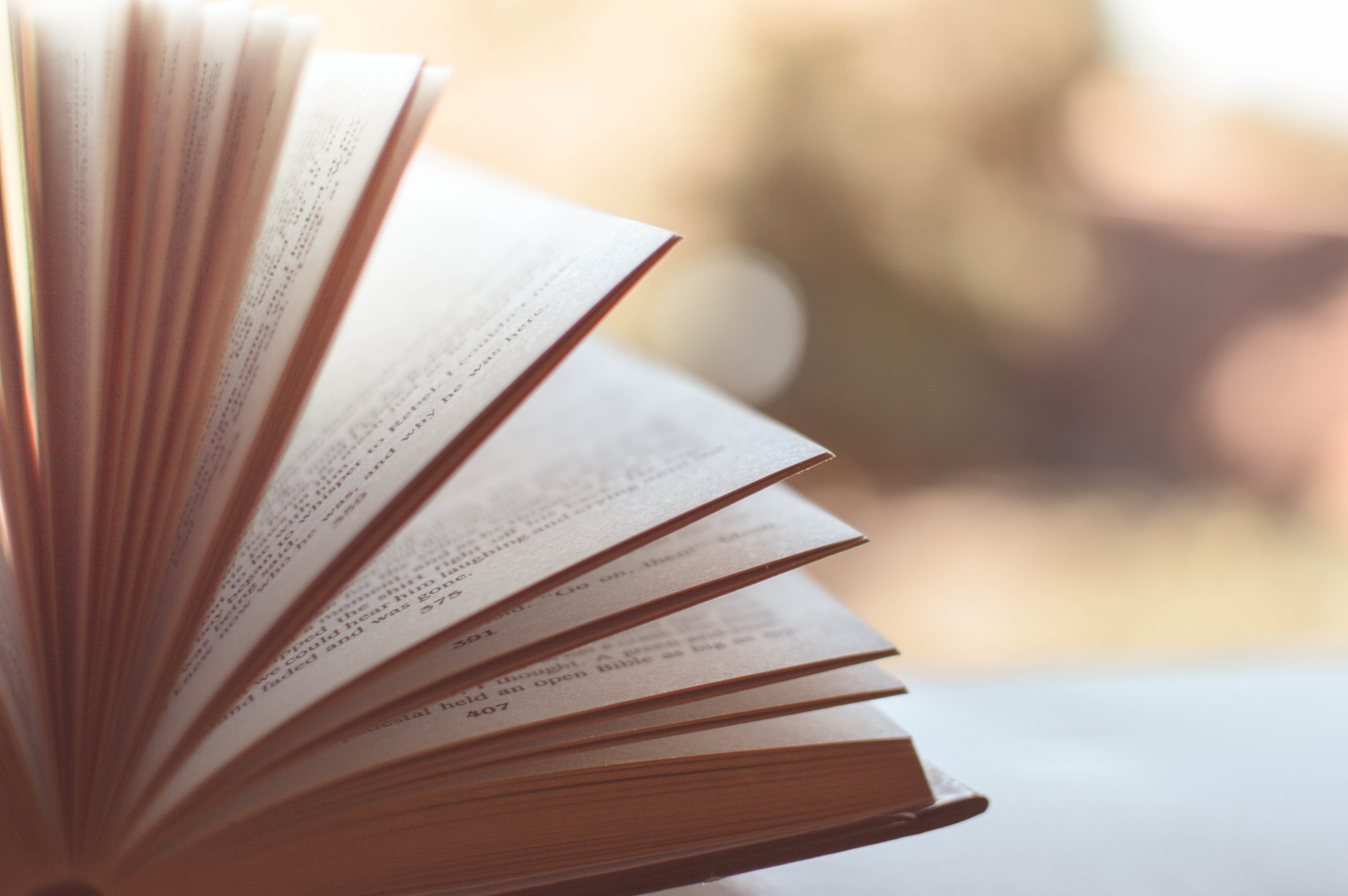All cells, from bacteria to humans, need to be able to transport substances from their inside to the outside and vice-versa. To understand how this transport works, scientists often had to remove transporters from their natural environment to study them, which may significantly alter their behavior. What if a “cellular” flip book was created to better mimic a transporter’s motions?
Transport belongs to the most important mechanisms in all living cells. To transport substances in and out of the cell, proteins form transporters in the cellular membranes. One kind of transporters, the so-called ABC-transporters, can be found in almost all organisms, from bacteria to humans. While we all need these transporters to survive, they can also be harmful to us: they can be responsible for the resistance of bacteria against certain antibiotics and also for the resistance of certain types of cancer against chemotherapy.
This study tries to unravel the mechanism of a bacterial ABC-transporter, called Msb A. The main question arising was the following: how to visualize the mechanism of such transporters? The idea to achieve this was to create a flip book: One needs to get pictures of the transporter in as many intermediate states as possible, then use them to make a flip book movie.
While there are many methods to look at the structure of such transporter, all of them require the transporter to be isolated from its natural environment. This, however, also means that for all known transporters the following question arises: Are they also behaving as they would in their natural environment? Or do they also interact with their environment? The membranes, where the transporters are located in, play an important role in their functions. All cell membranes are full of different proteins specific to the respective organism. Therefore, using the transporter in an artificial membrane can change its entire environment.
Additionally, one needs to trap the transporter in its intermediate states to be able to visualize it, otherwise it moves too fast for us to distinguish any movements. This is achieved by adding substances that are similar to the ones the transporter would naturally bind to. These substances will then lock the transporter in a certain position and enable us to take a snapshot of the intermediate state.
In this study, three different known intermediate states were tested in their natural membranes. For this the bacterial membrane was opened so that all its inside components could be removed. The membrane was then closed inside-out so that everything that was on the inner membrane side would then be facing outwards. This way the added substances could bind to the same parts they would usually bind to within the cells.
To test the different intermediate states without changing the actual transporter, small substances containing a marker and that only bind to this specific transporter were used. Distances in the transporter can be measured thanks to those introduced markers and be compared to the available snapshots of the intermediate states.
Using this technique, it appeared that one of the three available snapshots could not be matched with observations of the transporter in its natural membrane. That state of the transporter only occured when it was isolated from its natural environment and therefore did not belong in our flip book. If there is any “wrong” snapshot in the flip book, the entire movie is ruined. Therefore, the possibility to distinguish between natural and artificial intermediate states is an important step in developing the flip book.
It remains however that this study still was not carried out in living cells. While the membrane itself may be natural in its components, the absence of some substances from the removed inside of the cells could have an impact on the transporter. Additionally, the question of how comparable the different ABC-transporters are remains unanswered. Can we generalize this study to all ABC-transporters? Or is our newly obtained knowledge only relevant for each specific transporter?
Regardless of those concerns, the idea would be to obtain flip book movies of as many cellular components as we possibly can and gradually start to complexify our components. Until getting close to a whole-cell model, at which point we could then make a flip book movie of an entire cell and watch all processes happening inside it.
Original Article:
Galazzo, L., Meier, G., Januliene, D., Parey, K., de Vecchis, D., Striednig, B., Hilbi, H., Schäfer, L. v., Kuprov, I., Moeller, A., Bordignon, E., & Seeger, M. A. (2022). The ABC transporter MsbA adopts the wide inward-open conformation in E. coli cells. Science Advances, 8(41). https://doi.org/10.1126/sciadv.abn6845
 Microbiology
Microbiology



